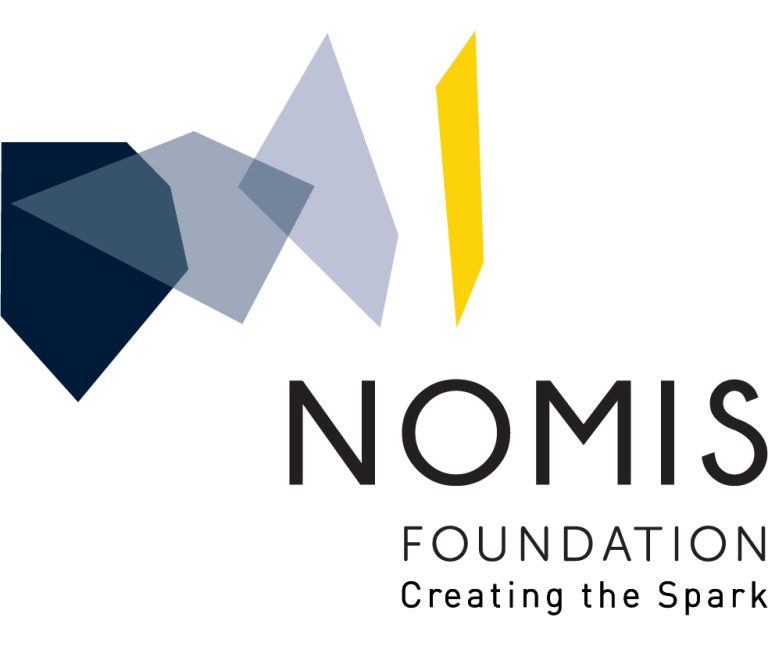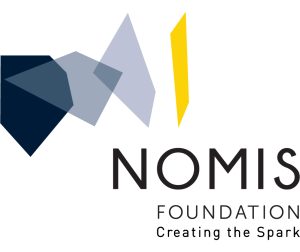Receiving feedback from our environment that informs us about the outcomes of our actions helps us assess our abilities (e.g., metacognition) and to flexibly adapt our behavior, consequently increasing our chances of success. However, a detailed examination of the effect of feedback on the brain activation during perceptual and confidence judgments as well as the interrelations between perceptual accuracy, prospective and retrospective confidence remains unclear. Here we used functional magnetic resonance imaging (fMRI) to examine the neural response to feedback valence and source in visual contrast discrimination together with prospective confidence judgments at the beginning of each block and retrospective confidence judgments after every decision. Positive feedback was associated with higher activation (or lower deactivation depending on the area) in areas previously involved in attention, performance monitoring and visual regions during the perceptual judgment than during the confidence judgment. Changes in prospective confidence were positively related to changes in perceptual accuracy as well as to the corresponding retrospective confidence. Thus, feedback information impacted multiple, qualitatively different brain processing states, and we also revealed the dynamic interplay between prospective, perceptual accuracy and retrospective self-assessment.



